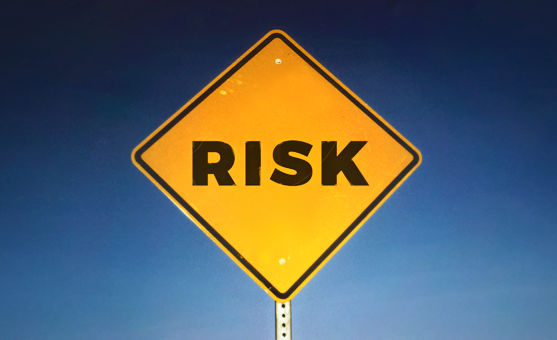According to the most recent Global Reinsurance Highlights 2022 report from S&P Global Ratings, the natural catastrophe business among global reinsurers has been reshaped by five years of losses that were higher than anticipated. In response, half of the top 21 global reinsurers have increased their exposure to these risks while the other half have made reductions.
The good news is this: If insured losses remain within budget, the natural catastrophe business could add up to 2.5 per cent to the sector’s return on equity in 2022. “That remains to be seen,” however, they add.
“When we take a closer look there are two strategies at play. Half of the top 21 reinsurers are growing their natural catastrophe net exposure by close to 20 per cent on average in 2022, while the other half is taking a more cautious and defensive stance by reducing their net exposure by an average of 20 per cent. This divergence in strategies reflects the reassessment of risk appetites, uneven pricing adequacy across the globe despite years of improved pricing, and loss fatigue,” S&P researchers write, adding that some have exited this business line altogether.
“While reinsurance capacity is still available, the rising uncertainties have resulted in increased demand for reinsurance from cedants. We believe this trend will persist and support rate increases into 2023.” It’s estimated that more than $5-billion (USD) in additional reinsurance limits were sought by insurers during June and July renewal negotiations. Aon PLC and S&P Global Ratings attribute the increase to higher inflationary expectations.
Although very strong capital adequacy continues to cushion reinsurers against exceptional shocks, the natural catastrophe business underperformed in the past five years with losses that were at or above budget for the group. “In terms of combined (loss and expense) ratio, companies experienced 10 points of natural catastrophe losses over the last five years. That’s three points more than budget expectations,” they write. “The year 2021 was the fourth costliest year on record for annual global insured losses.”
They continue saying rising underwriting margins could provide some buffer, but mark-to-market losses could weaken those positions.
To learn more, read Reinsurance report: Performance under pressure and Catastrophes and pandemic losses pressure reinsurers.







